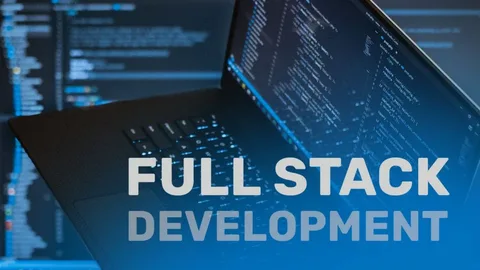Introduction
Think of a full-stack developer as an architect who builds both the façade and the hidden plumbing of a skyscraper. They handle the elegant glass panels that dazzle the city skyline while also ensuring that the water pipes and electrical wiring run flawlessly behind the walls. But even the most careful architect sometimes makes compromises—quick fixes that seem harmless at first but pile up over time. In software, this accumulation of shortcuts and overlooked issues is known as technical debt. Managing it is not just about fixing bugs; it’s about ensuring the building doesn’t crumble under its own weight.
When Shortcuts Become Shackles
Picture a team racing to meet a product launch deadline. In their rush, they hardcode values, skip refactoring, and delay writing unit tests. The release is a success, but beneath the surface, cracks begin to form. Each subsequent change becomes harder to implement, and every new feature feels like moving furniture in a house with fragile walls. For learners in a Full Stack Development Course, this story is a powerful reminder: today’s shortcuts can turn into tomorrow’s shackles if not managed wisely.
Recognising the Debt Before It Buries You
Technical debt is rarely loud; it whispers. Slow builds, recurring bugs, and brittle code that collapses under minor changes are the quiet warnings. Imagine a mountaineer ascending with a heavy backpack—each unaddressed shortcut adds a stone. Eventually, the weight slows progress to a crawl. Developers who cultivate awareness of these signals can intervene early, preventing the debt from becoming overwhelming. That’s why training often emphasises practices like code reviews, continuous integration, and automated testing, turning whispers into clear, actionable signals. A Full Stack Development Course equips developers with such proactive habits, showing how to balance velocity with sustainability.
Strategies for Chipping Away at the Debt
Tackling technical debt is not about paying it all off at once; it’s about disciplined repayment. Teams that dedicate a slice of every sprint to refactoring or test automation gradually lighten their load. It’s akin to clearing a cluttered attic—start with one corner, and the momentum carries you forward. Feature flags can also help manage risk, allowing developers to rewrite or improve sections without disrupting the entire system. Equally important is documenting the debt: when you can see the list of compromises, you can prioritise which ones are most critical.
The Human Element: Culture and Communication
Code alone doesn’t create debt; decisions do. A culture that values speed over quality will always incur more liabilities. Here, communication becomes the safety valve. Developers must feel empowered to raise concerns without being dismissed as obstructionist. Imagine a ship’s crew ignoring a sailor who spots a leak—eventually, the whole vessel sinks. By fostering open discussions about trade-offs, teams can make conscious choices instead of accidental mistakes. Managers, too, play a vital role by recognising that addressing debt is not a detour but an investment in long-term velocity.
Tools as Allies, Not Crutches
Modern development offers a wealth of tools—static code analysers, linters, monitoring dashboards—that shine a spotlight on the shadows where debt hides. Yet, tools alone are not the answer. They are more like compasses than autopilots. A compass shows direction, but the traveller still decides the path. Full-stack developers who master both tools and judgment create environments where debt is tracked, measured, and steadily reduced. The survival guide, therefore, is less about flashy gadgets and more about developing the wisdom to use them effectively.
Conclusion
Technical debt isn’t inherently evil; sometimes it’s the cost of moving fast in a competitive world. But unmanaged debt can choke innovation, frustrate teams, and undermine business goals. For full-stack developers, survival means striking a balance—delivering value quickly while maintaining a foundation strong enough to evolve. Through vigilance, culture, and the disciplined use of tools, technical debt transforms from an anchor into a manageable burden. And like the architect who ensures both the shining façade and the sturdy plumbing, a developer who manages debt well builds software that stands tall against time and change.


